:max_bytes(150000):strip_icc()/grow-maranta-inside-1902647-03-0a436ae134714c6499a6a3bc8400db20.jpg)
How to Grow and Care for Prayer Plants
Common varieties include the Maranta leuconeura, which features reddish-purple veins running throughout its green leaves; the Red Prayer Plant, with brightly colored foliage splashed with reds, purples, and oranges; and the Stromanthe triostar, whose leaves boast striking tones of pink and white. While each variety offers something unique in.
:max_bytes(150000):strip_icc()/grow-maranta-inside-1902647-01-bcc65290cc1f4786a7feff0a1fadeec6.jpg)
Prayer Plant Indoor Plant Care & Growing Guide
Prayer Plant Growing Instructions. Grow prayer plant in low, medium, or bright light. In bright light, it's best to protect the leaves from direct sun by using a sheer curtain or other filter. Water prayer plant just before the soil surface dries. This hardy indoor plant is likes to stay relatively moist (but not sopping wet all the time).
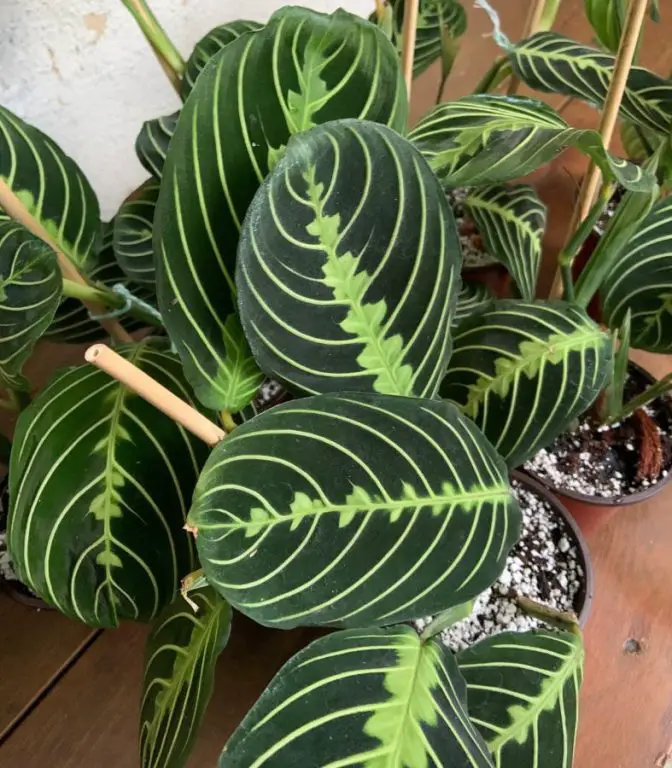
Maranta Leuconeura (Prayer Plant)Care Guide The Contented Plant
The Maranta leuconeura 'Kerchoveana' variety is another common type and is often called the green prayer plant. This type is very popular for those wanting a subtle and simple-looking plant. The soft and gentle demeanor of the 'Kerchoveana' is wonderful for warm and cozy homes. This variety gets its common name from the gorgeous green.
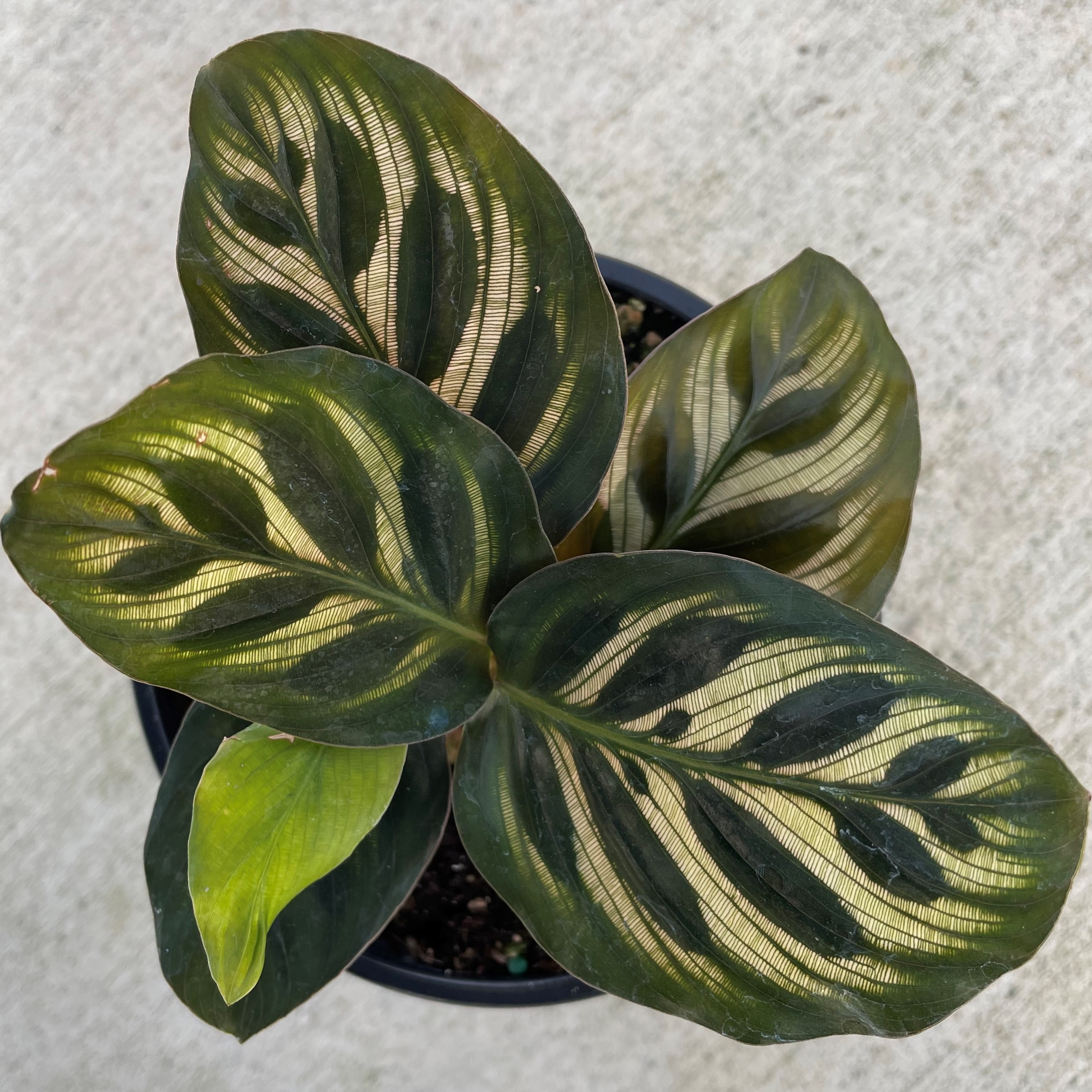
Calathea makoyana Peacock Prayer Plant (4.5" Pot) Little Prince To Go
Prayer Plant Varieties M. leuconeura 'Fascinator'. Source: blumenbiene. The varieties we discuss here aren't specifically maranta plants. These are the most common of the 40 to 50 prayer plant types out there right now. Red prayer plant, Red maranta: the classic variety with lush deep green leaves and bright red veins. The center vein is.
:max_bytes(150000):strip_icc()/grow-maranta-inside-1902647-leaf-02-a9e09f5b3c0c4e47a1eb54e24d5b6eec.jpg)
How to Grow and Care for Prayer Plants
True Prayer Plants (Maranta leuconeura) all have wide oval-shaped leaves and symmetrical markings. Maranta leuconeura 'Erythroneura' can be identified by the distinct ribs on the leaves - they are usually red, but in the variety Maranta lemon-lime, they're a light-green to yellow. Maranta leuconeura 'Kerchoveana' does not have.

Prayer Plant Flower Singapore Flower Bahrain On Instagram Prayer Plant Maranta Leuconeura We
Like other prayer plants, marantas raise their leaves as the sun goes down in the evening, and lower them again when the sun rises in the morning. 20. Leuconeura 'Lemon Lime' is a cultivated variety of M. leuconeura, and is closely related to the red-veined prayer plant. 'Lemon Lime' has foliage in various shades of green, with a bold.
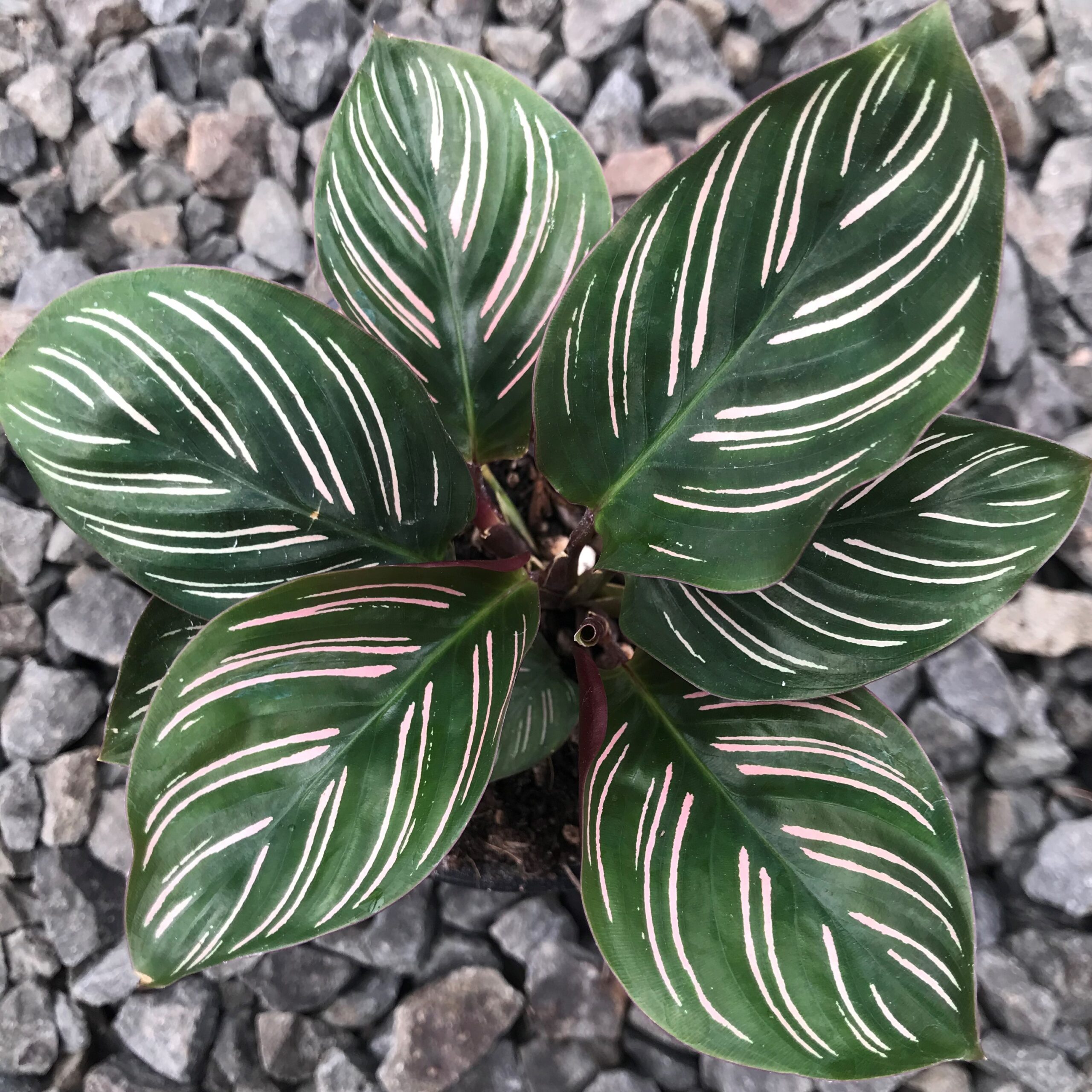
Calathea ornata Pinstripe Prayer Plant (4.5" Pot) Little Prince To Go
2 - Rosemary: With its fragrant leaves and pretty blue flowers, rosemary is a great choice for a prayer garden. 3 - Sage: Another herb with a soothing scent, sage is often used in spiritual rituals. 4 - Chamomile: This fragrant herb is said to promote relaxation and calmness.
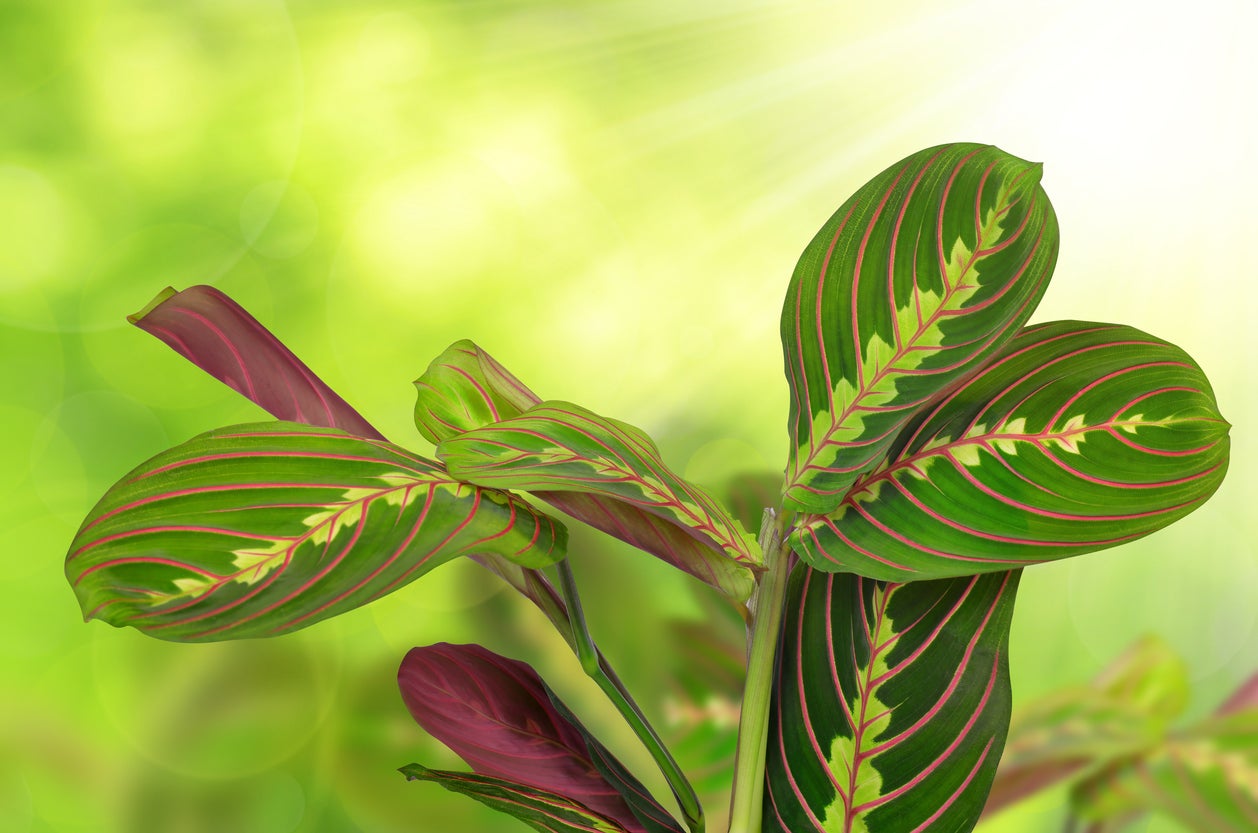
Varieties Of Maranta Learn About Different Prayer Plant Types
Due to its rarity and high demand, the Calathea White Fusion may be harder to find and more expensive compared to other prayer plant varieties. Calathea Triostar. The Calathea Triostar is another uncommon variety of prayer plant that stands out with its tri-color foliage. The leaves display vibrant shades of green, white, and pink, creating a.
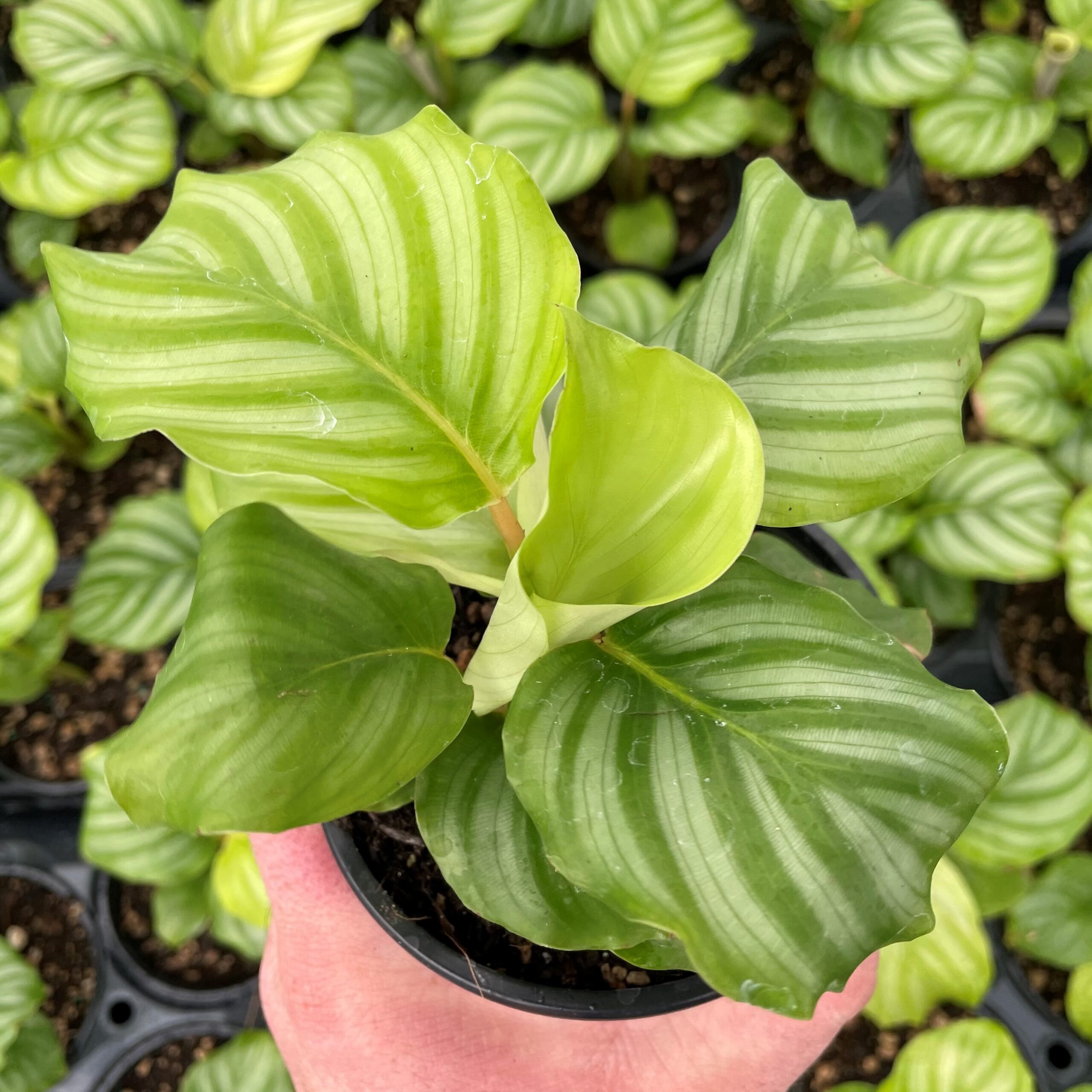
Calathea orbifolia Prayer Plant (4.5" Pot) Little Prince To Go
The red prayer plant (Maranta leuconeura) will grow to around 8" tall and is the most common of the prayer plant varieties. It is the plant most people think of when hearing the name prayer plant. Because of its leaf pattern, it is sometimes called the herringbone plant. The leaves are a dark green with red veins that arch from the spine to the.

The Unusual, but Prayer Plant The Habitat
The plant is famous for its wide featherlike band down the center of the leaf and light grayish horizontal veins on the top surface. The leaf has a trademark dull greenish-dark tone. 4. Maranta leuconeura "Fascinator". This plant is an exciting variety of prayer plants with its rich berry red tone.

Variegated prayer plant for 6 😍 houseplants
Photo by Kristina Hicks-Hamblin. Avoid locating your prayer plants in areas that get very warm. As mentioned, a position too close to a south-facing window may overheat your houseplants, and scorch their foliage. Also avoid situating them next to fireplaces or radiators, where temperatures are likely to be too extreme.

Calathea aka Prayer Plant Basics Houseplant Addicts
Keep the soil moist (but not soaking wet) at all times from spring to autumn - little but often is ideal. Use tepid distilled water, filtered water or rainwater as marantas are sensitive to the chemicals in tap water. Make sure any excess water has drained away. Water less in winter, keeping the soil just moist.

Pin on houseplants
Types of Prayer Plants . There are many varieties of prayer plants, but the most popular by far is the tricolor variation available at many garden centers. Prayer plants and calathea plants are so closely associated with one another that it's not uncommon for them to be mislabeled. Within the Maranta genus, a few species are the most common:

Prayer Plant Care Plants, Prayer plant care, Plant care
Prayer Plant Care. Prayer Plants feature unique foliage with feathered, painterly-like veins. The bold foliage makes Prayer Plants perfect for window sills, mantles, or shelves that need a splash of color. Prayer Plants get their name from the way the leaves fold in the evening, resembling hands folded in prayer.
:max_bytes(150000):strip_icc()/grow-maranta-inside-1902647-02-de777eb8e7804c3d86d658cd242583d6.jpg)
Prayer Plant Indoor Plant Care & Growing Guide
Red Prayer Plant Maranta leuconeura var. erythroneura. Also known as herringbone plant or red stripe prayer plant, this is one of the most popular and commonly grown varieties. The striking leaves are dark green with bright red veins and pale green markings along the midrib. The leaf undersides are a rich burgundy.
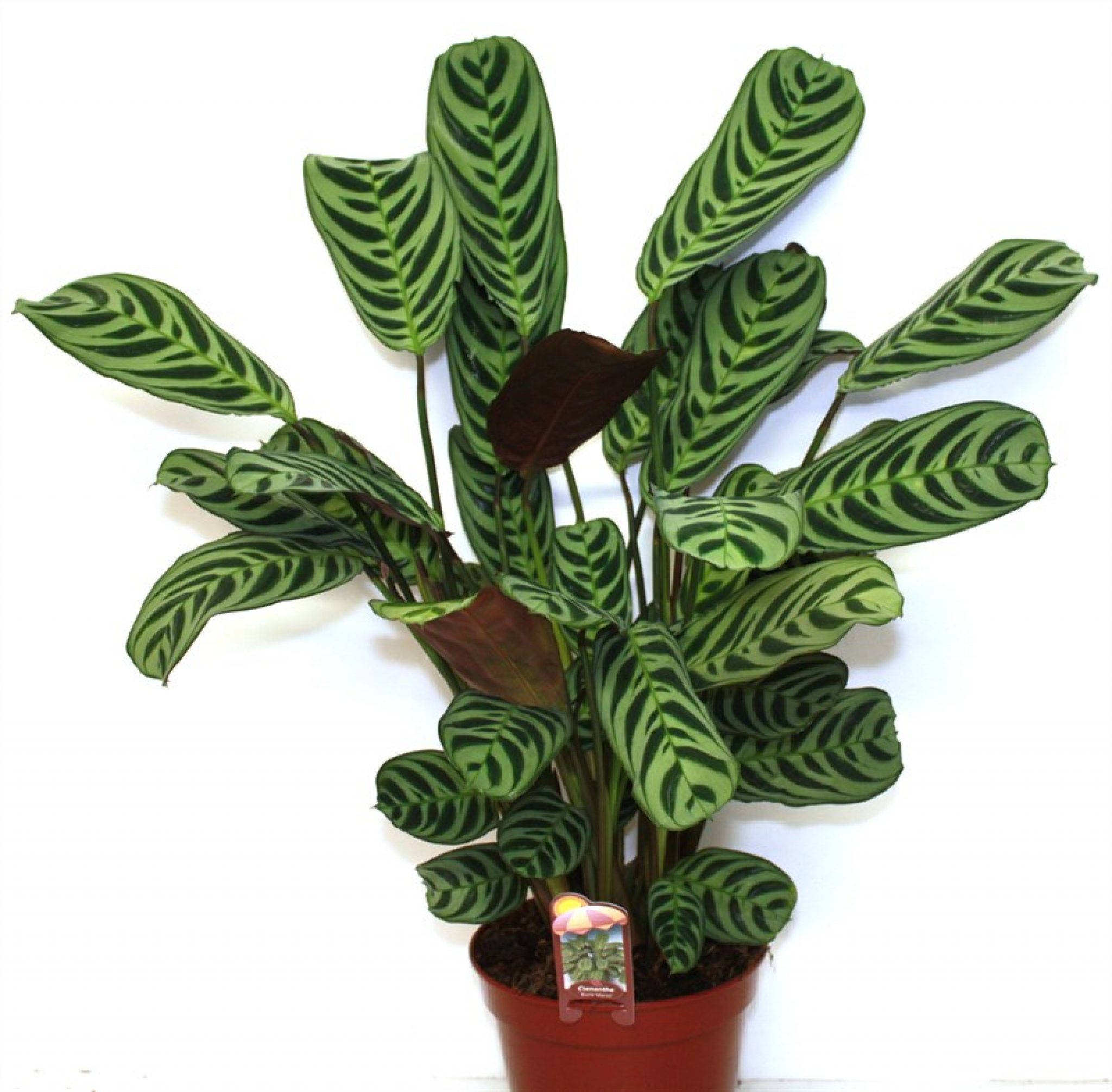
Prayer Plant HeyPlants
Although this family of plants do produce flowers, these are generally insignificant as compared to the plant's foliage. Prayer Plant Varieties. Photo credit: Wikimedia Commons. The Maranta leuconeura is the most popular variety. A low-growing perennial, it has patterned green, two-toned leaves that grow to form a large clump from rhizomes.